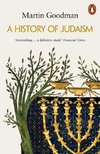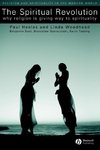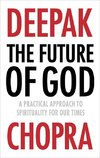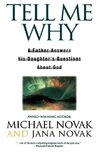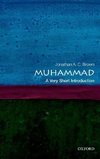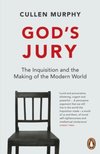
-
 Anglický jazyk
Anglický jazyk
Omar Khayyam's Secret
Autor: Mohammad H. Tamdgidi
Omar Khayyam's Secret: Hermeneutics of the Robaiyat in Quantum Sociological Imagination, by Mohammad H. Tamdgidi, is a twelve-book series of which this book is the sixth volume, subtitled Khayyami Science: The Methodological Structures of the Robaiyat in... Viac o knihe
Na objednávku
88.20 €
bežná cena: 98.00 €
O knihe
Omar Khayyam's Secret: Hermeneutics of the Robaiyat in Quantum Sociological Imagination, by Mohammad H. Tamdgidi, is a twelve-book series of which this book is the sixth volume, subtitled Khayyami Science: The Methodological Structures of the Robaiyat in All the Scientific Works of Omar Khayyam. Each book, independently readable, can be best understood as a part of the whole series. In Book 6, Tamdgidi shares the Arabic texts, his new English translations (based on others' or his new Persian translations, also included in the volume), and hermeneutic analyses of five extant scientific writings of Khayyam: a treatise in music; a treatise on balance to weigh precious metals in a body composed of them; a treatise on dividing a circle quadrant to achieve a certain proportionality; a treatise on solving all cubic (and lower degree) algebraic equations using geometric methods; and a treatise on explaining three postulation problems in Euclid's book Elements. Khayyam wrote three other non-extant scientific treatises on nature, geography, and music, while a treatise in arithmetic is differently extant since it influenced the work of later Islamic and Western scientists. His work in astronomy on solar calendar reform is also differently extant in the calendar used in Iran today. A short tract on astrology attributed to him has been neglected. Tamdgidi studies the scientific works in relation to Khayyam's own theological, philosophical, and astronomical views. The study reveals that Khayyam's science was informed by a unifying methodological attention to ratios and proportionality. So, likewise, any quatrain he wrote cannot be adequately understood without considering its place in the relational whole of its parent collection. Khayyam's Robaiyat is found to be, as a critique of fatalistic astrology, his most important scientific work in astronomy rendered in poetic form. Studying Khayyam's scientific works in relation to those of other scientists out of the context of his own philosophical, theological, and astronomical views, would be like comparing the roundness of two fruits while ignoring that they are apples and oranges. Khayyam was a relational, holistic, and self-including objective thinker, being systems and causal-chains discerning, creative, transdisciplinary, transcultural, and applied in method. He applied a poetic geometric imagination to solving algebraic problems and his logically methodical thinking did not spare even Euclid of criticism. His treatise on Euclid unified numerical and magnitudinal notions of ratio and proportionality by way of broadening the notion of number to include both rational and irrational numbers, transcending its Greek atomistic tradition. Khayyam's classification of algebraic equations, being capped at cubic types, tells of his applied scientific intentions that can be interpreted, in the context of his own Islamic philosophy and theology, as an effort in building an algebraic and numerical theory of everything that is not only symbolic of body's three dimensions, but also of the three-foldness of intellect, soul, and body as essential types of a unitary substance created by God to evolve relatively on its own in a two-fold succession order of coming from and going to its Source. Although the succession order poses limits, as captured in the astrological imagination, existence is not fatalistic. Khayyam's conceptualist view of the human subject as an objective creative force in a participatory universe allows for the possibility of human self-determination and freedom depending on his or her self-awakening, a cause for which the Robaiyat was intended. Its collection would be a balanced unity of wisdom gems ascending from multiplicity toward unity using Wine and various astrological, geometrical, numerical, calendrical, and musical tropes in relationally classified quatrains that follow a logical succession order.
- Vydavateľstvo: Okcir Press (imprint of Ahead Publishing House)
- Rok vydania: 2023
- Formát: Paperback
- Rozmer: 229 x 152 mm
- Jazyk: Anglický jazyk
- ISBN: 9781640980310
